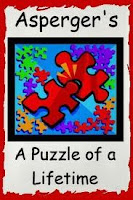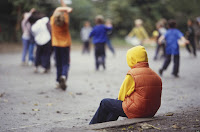Interventions for Children and Adults with Aspergers

Interventions for Children with Aspergers (High-Functioning Autism) — All people in the Aspergers youngster’s life need to accept the diagnosis of Aspergers and understand its impact. Interventions are driven by each youngster’s age and individual needs and will vary, however, listed below are commonly needed interventions for kids in all environments: 1. Advocate for your youngster to have the school program that they need. 2. Be patient with your youngster and yourself and prioritize what to focus on first. Just focusing on today builds a better tomorrow. 3. Be prepared with your response to a difficult behavior or cycle that will calm the situation so you can react from your plan and not from your emotions. 4. Determine what a tolerable social and physical environment is for the youngster and provide it. 5. Don’t forget to nurture your spiritual side. 6. Educate yourself about Aspergers. 7. Learn how and when to talk to others for help, both profe


